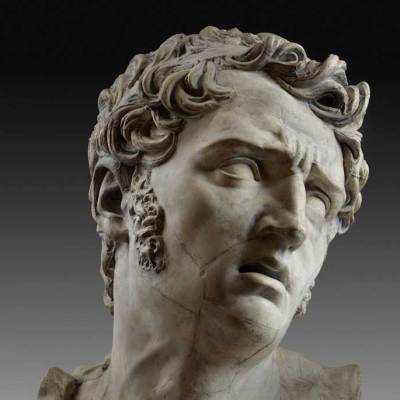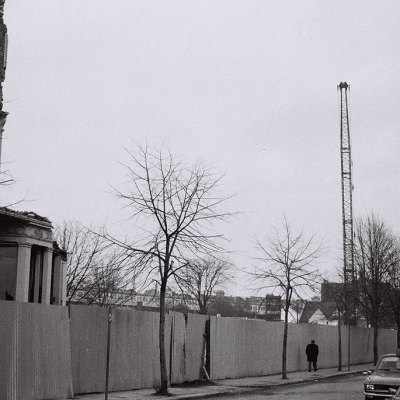The new exhibition at the Hamburger Bahnhof in Berlin promises much. ‘The End of the 20th Century: The Best is Yet to Come’ juxtaposes two unlikely quotations: the name of Joseph Beuys’ 1982–3 sculpture of recumbent basalt oblongs, and lyrics from a 1959 song by Cy Coleman and Carolyn Leigh, popularised by Tony Bennett, Frank Sinatra, Peggy Lee and others. The title mirrors the construction of the exhibition as a whole, which attempts to show the paradoxical nature of 20th-century depictions of the future, by exhibiting paintings, sculptures, films, photographs and songs concerned with ‘time’ from different places and decades.
The vast collection of work is arranged sometimes by subject, sometimes by aesthetics. One room plunges you into representations of ‘the river’, which it seems to propose as an exclusively 20th-century metaphor for time. Brigitte Bardot reclines in a floating vessel as she delivers the first television performance of Un jour comme un autre, while a T.S. Eliot quotation overlooks the space like a Rhine maiden. Technicolour Warhols charm you through the middle rooms, which also contain a bewildering cluster of images of plant life, ironic celebrations of Communism, and a film about geese and moon-landings. Occupying the final rooms are large, dense Cy Twomblys, Anselm Kiefers and a dead owl.
There is a contradiction at the centre of this exhibition: it is too quick to categorise its work, and yet professes not to. It presents, for example, Ugo Rondinone’s The Common Guild, a sculpture of bronze birds and a handless clock, as horribly pertinent to the 20th century’s decimation of the natural world, and also, as one of the first exhibits, ideologically embryonic. Rondinone’s work has a specific significance, but is displayed as if it can be fruitfully compared at will with (for instance) Ernst Bloch’s writing, which covers a nearby wall.
The problem with this approach is that its conceptual foundations can be dated specifically to the last decades of the 20th century and the early 21st. Recent art, literature and criticism of all kinds have explored ways of collapsing past, present and future into one synchronic instance of time, but this is an impossible principle around which to organise an exhibition. It takes time to make your way through the 10 huge and eclectic rooms of the former railway station.
Moreover, the approach ignores lived, experienced time in the 20th century itself; the long afternoons spent in studios and evenings chattered away with friends in which ideas develop, flourish and change. The consequence of the lack of chronology is that the exhibition’s rooms become as hefty and unwieldy as the blocks of Joseph Beuys’ original sculpture. They are the massive remains of a once-grand structure; but they are mute.
‘The End of the Twentieth Century: the Best is Yet to Come’ is on at the Hamburger Bahnhof until 30 March 2014.




